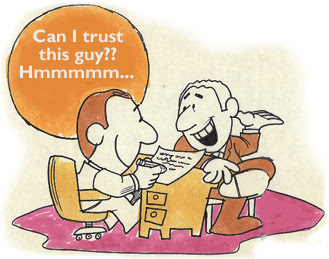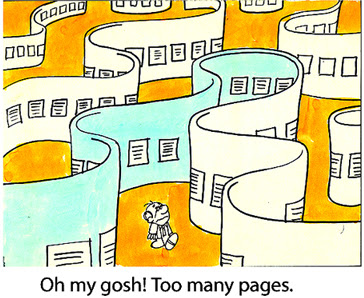At DevLearn Mobile Why do relationships work successfully even if we don’t have as much face-to-face interactions? Conventional thinking says that one can only assess people better with face-to-face meetings or encounters. So what happens to our relationships when face-to-face…
Author: Ray Jimenez, PhD
Inside-Out, Bottom-Top Social Change in Learning
At DevLearn Mobile Where are the opportunities to make revolutionary changes in the way we learn? Questions to ask: How do we clearly know that the training we deliver has value to the business? How do we know what is…
Can Web 2.0-Like Tools Capture Learning Impacts; Like the Way We Watch Our Weight?
The phrase “ability to do things never done before” appeals a lot to me. With the innovative use of Web 2.0 tools, we can solve problems, very old problems we thought we could never solve before: Example: Coaching and Twitter…
Boiling It Down to Valuable and Useful Knowledge
Many pundits of Web 2.0, Social Networking, e-Learning, training and education are raising the issue about people’s inability to process information overload. Some solutions may come from having better software and processes. I am skeptical about our over reliance on…
The Value of the Network is in Defined, Small Groups
Dan Karp wrote an observation on the value of networks in relation to Facebook’s growth, which resounds to me since I always suspect that “networks have to stay small to be productive.” This insight could save us a lot of…
How can We Train People on Web 2.0 and Social Networking When They are All Just Emerging Now?
Through Ray Sims’ blog I found this video of Matt Moore with relevant ideas on adoption of Web 2.0 and Enterprise 2.0. Matt’s metaphors illustrate simple and effective key points we can learn from. Web 2.0 and Enterprise 2.0 are…
LMS is Dead! But Long Live LMS!
The LMS is dead as a model of e-learning. LMS was thought of as a way to help learners learn. But this was a misconception. The LMS has never been designed to be a learning tool. Rather, it is a…
PLEs (Personal Learning Environments) Learning in the World of Technologies
Ray Sims has compiled a good list of resources on Personal Learning Environments (PLE). A quick view of PLEs as a learning method is presented by Graham Attwell. There are many dimensions to PLE and this thought has yet a…
Some Web 2.0-Like Tools in LMSs Extend e-Learning into Social Networking and Community Sharing
The following are Web 2.0-like tools in LMSs. If added or incorporated, these tools help learners use LMS content as a resource for sharing ideas in networks and communities. See how they work: Google-like search – allows learners to search…
Build a Story First Before Video Gaming
At the Salt Lake TrainingTech Solutions Conference, I met a trainer from a large retail chain who asked me: “What do I need to do to train 18 to 20 year olds? I want to develop video game-like learning to…
Micro-Worlds, Micro-life Learning: The Big Phenomenon, (But Small) Social Networking
I keep on going back to the same thesis which I started studying a few years back: “all learnings are micro.”(See”3-Minutes-Learning“2006) I am beginning to see correlations and movements of events that lead me to conclude and see even clearer…
e-Learning 2.0 – The Intimacy Factor
At the heart of e-Learning 2.0 and Social Networking is the “Intimacy Factor” – it works only based on trust, relationships and mutual respect. It sounds like the relationship between an old Confucian philosopher (the master) and his young student…
Knowledge Management Landscape
Ray Sims has a very helpful map, the Knowledge Management Landscape. The map provides an observer a good way of understanding the different tools, practices and thoughts that impact knowledge management. In e-Learning, Knowledge Maps are valuable since they help…
Traditional Learning Paradigms Don’t Have to Die
Mobile log, LAX, delayed SouthwestI just presented to the ASTD LA External Consultant group on Social Networking and its impacts on learning.My impressions: 1. The training practice is accustomed to formulaic ways of implementing ideas and solving problems. Ideas that…
3-Minute e-Learning into Micro-Learning
When I wrote “3-Minute e-Learning” (2006), I compiled my learnings from five years of implementing e-Learning programs. It occurred to me that 3-Minute e-Learning addressed the need of e-Learning instructional designers and developers. The book was focused on helping how…


